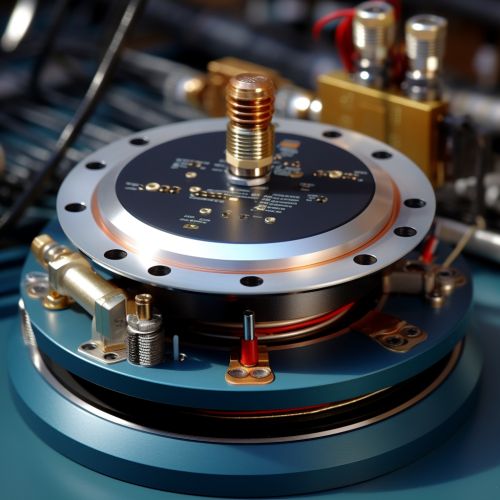Inertial Measurement Units (IMUs)
Introduction
An Inertial Measurement Unit (IMU) is a device that measures and reports a body's specific force, angular rate, and sometimes the magnetic field surrounding the body, using a combination of accelerometers, gyroscopes, and sometimes magnetometers. IMUs are typically used to maneuver aircraft, including unmanned aerial vehicles (UAVs), among many others, and are a crucial component of most inertial navigation systems.
History
The development of IMUs can be traced back to the early 20th century, with the advent of gyroscopes. The first IMUs were developed for use in aircraft and missiles, where they provided a source of navigational information that was immune to jamming and could operate in environments where GPS signals were unavailable or unreliable.
Components
IMUs consist of at least a three-axis accelerometer and a three-axis gyroscope to measure linear acceleration and angular velocity respectively. Some IMUs also include a magnetometer which serves as a compass by measuring the strength and direction of the magnetic field.


Working Principle
The basic principle behind an IMU involves the use of accelerometers to measure acceleration forces, and gyroscopes to measure rotational changes. By integrating the acceleration data over time, velocity and position information can be derived. Similarly, integrating the angular velocity data over time can provide orientation information.
Types of IMUs
There are several types of IMUs, each with their own characteristics and applications. These include the mechanical gyroscope-based IMU, the ring laser gyroscope-based IMU, the fibre optic gyroscope-based IMU, and the microelectromechanical systems (MEMS)-based IMU.
Applications
IMUs are used in a wide range of applications, from navigation systems in aircraft and spacecraft, to motion capture in the film and video game industries, to orientation tracking in virtual and augmented reality systems. They are also used in robotics for stabilization and navigation, and in consumer electronics such as smartphones and tablets for orientation detection.
Challenges and Limitations
Despite their many advantages, IMUs also have several challenges and limitations. These include errors due to sensor noise, drift, and bias instability, as well as the need for calibration and alignment. Additionally, the performance of an IMU can be affected by environmental conditions such as temperature and vibration.
Future Developments
The future of IMUs lies in the development of more accurate, reliable, and affordable devices. This includes advancements in MEMS technology, the use of new materials and manufacturing processes, and the integration of IMUs with other sensors and systems to create more robust and versatile navigation and orientation solutions.
